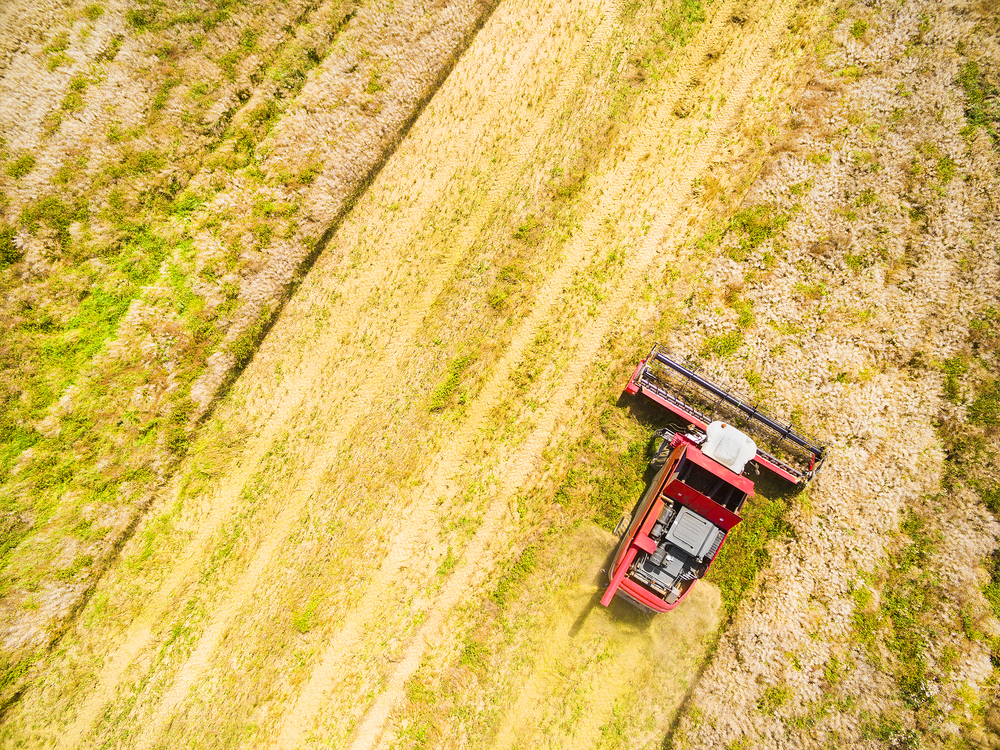
A specialized enzyme may be the key to breaking down the rigid plant cell wall components needed to convert plant biomass to fuels and chemicals.
Microbes like fungi and bacteria produce enzymes called glycoside hydrolases to acquire nutrients through the degradation of cellulose—carbohydrates that make up plant cell walls. Some of the enzymes can break down the rigid, crystalline form of cellulose and could be especially effective at converting tough plant biomass to fuels and chemicals.
Scientists have studied these enzymes in pure cultures of microorganisms, despite the fact that microorganisms break down cellulose as communities in the environment.
To examine this further, a multi-institutional team of researchers led by scientists from the U.S. Department of Energy’s Joint BioEnergy Institute (JBEI) combined comparative proteomics with biochemical measurements and then assessed differences in glycoside hydrolases produced by diverse microbes in communities cultivated from green waste compost and grown on crystalline cellulose.
Using several mass spectrometry instruments and high-throughput DNA sequencing technologies, the team discovered that a glycoside hydrolase family 12 enzyme produced by the bacterium Thermobispora bispora plays an underappreciated role in breaking down crystalline cellulose.
These findings suggest that the enzyme could be effective at converting plant biomass to fuels and chemicals. The study also illustrates the power of comparative community proteomics to reveal novel insights into microbial enzymes.
This research represents collaboration among JBEI, Lawrence Berkeley National Laboratory, Sandia National Laboratories, Pacific Northwest National Laboratory, EMSL and the University of Applied Sciences Mannheim.




